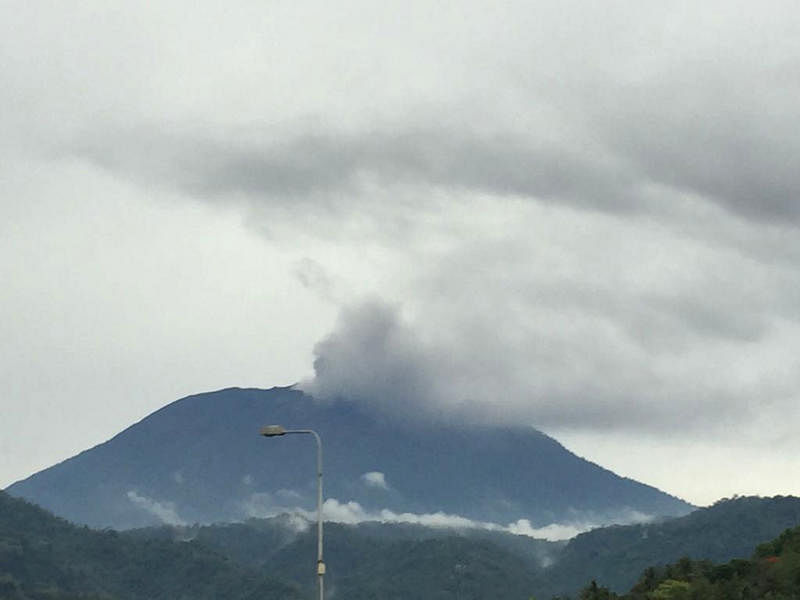Volcanic activity from Mount Agung, a volcano on Indonesia's Bali island, was detected from Nov 21 and the alert was raised to the maximum level on Tuesday (Nov 28).
There are about 100,000 people living on the slopes of the volcano. Of these, only about 40,000 residents have evacuated and Indonesian authorities must forcibly evacuate the remainder, local reports said.
Over the past week, pictures of the crater on the holiday island have shown it spewing clouds of smoke and glowing red.
What are the different stages of a volcanic eruption and what does each stage mean?
The Straits Times breaks it down.
Phase 1: Preparation phase

During this phase, magma rich in dissolved gas fills the magma chamber of the volcano, which can be tens of kilometres underground, with temperatures up to more than 1,000 deg C.
Tremors are often felt at the surface, and the volcano expands. There is also increased seismic activity.
At this point, steam may be seen rising from the volcano, as water inside the volcano evaporates when in contact with hot magma.
Phase 2: Eruption phase

As the pressure builds in the magma chambers, energy is gained for an eruption. Last Tuesday, Mount Agung began spewing thick ash and steam in a phreatic eruption, United States-based volcanologist Janine Krippner told the BBC in a report.
Such an eruption refers to the expulsion of pressurised steam from inside the volcano. It occurs due to the heating up of water by the magma inside the volcano.

The resulting expansion and explosion of the steam can shatter rocks, hurl large blocks and volcanic ash hundreds of metres in the air, and excavate a crater in the ground.
Finally, the explosion of pent-up gases - such as water vapour, carbon dioxide, and sulfur dioxide - pushes the magma up the conduit or opening channels in the volcano. Fused particles fall as ash, and the pressure enlarges the conduits.

A red or orange glow may be seen as the hot magma reaches the surface. As the magma flows out of the volcano, it cools and turns into lava.
Phase 3: Ending phase
In the ending phase, the magma chamber of the volcano empties, and the walls of the conduit are weakened and collapse, creating a crater or caldera.
Other phenomena that occur during volcanic eruptions

Eruptions can create ash clouds that reach up to 32,000m in height. These clouds consist of tiny mineral particles that can travel hundreds of kilometres.
Even if the actual activity within the volcano has ceased, volcanic mud flows known as lahars can still be dangerous.

Images from Bali show thick grey volcanic mud flows snaking through greenery - these lahars are created when ash and rock deposits from the volcano combine with rainwater.
Such volcanic debris flows can produce locally destructive flooding in drainage systems below the eruptive vents.
SOURCES: AFP, BBC, Sciencing.com, United States Geological Survey

